Simon Astridge brings light and tactility to the Sumner family home in South London
Photographer Edmund and architecture critic and curator Yuki Sumner give us a tour of their newly redesigned home in South London, courtesy of Simon Astridge Architecture Workshop
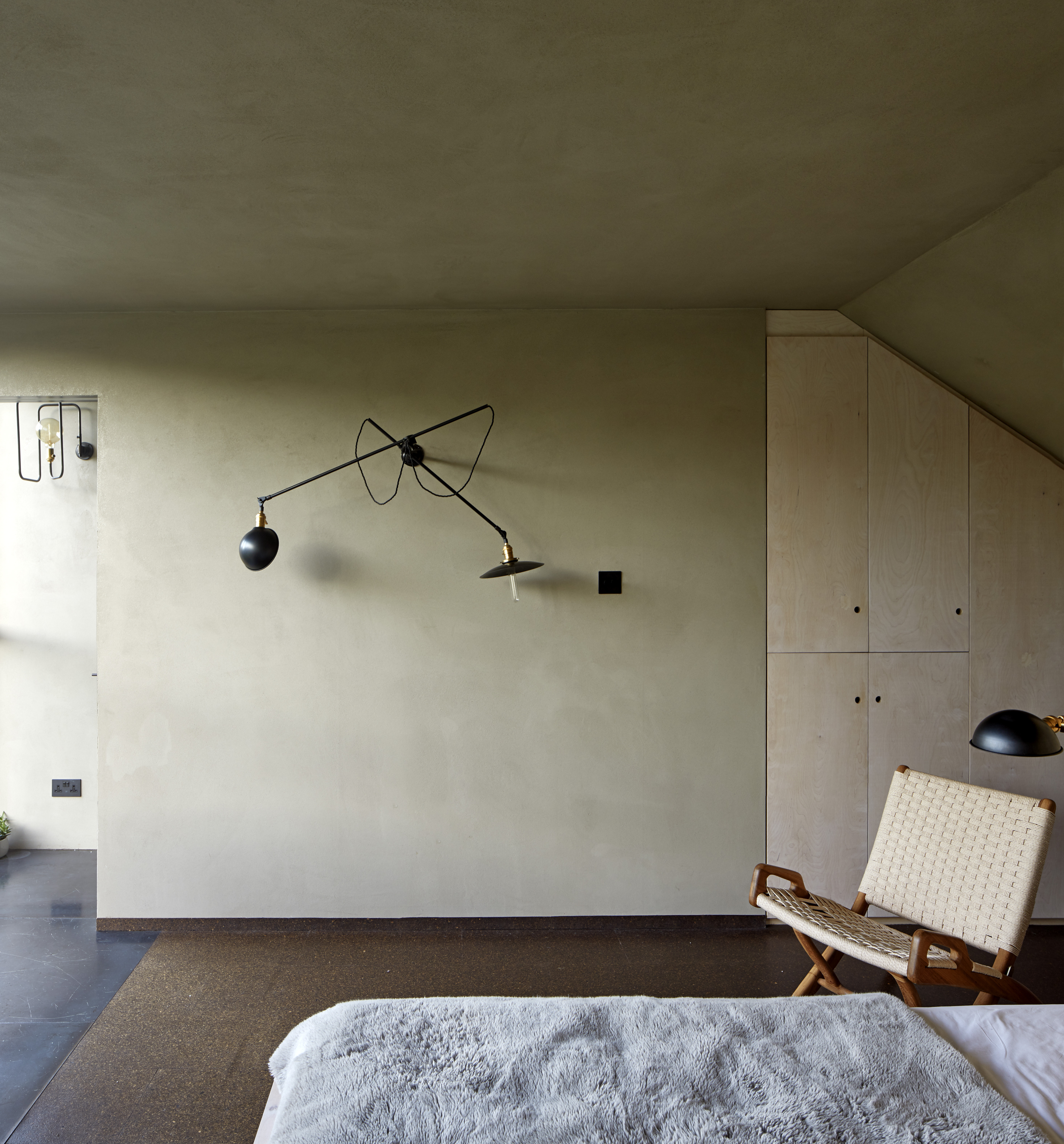
The London townhouse has been an architectural playground for decades, as the solid bones of Georgian, Victorian and Edwardian construction is adapted, enhanced and restored for changing times and uses. This refurbishment in South London was commissioned by the architectural photographer Edmund Sumner (who took these images) and the critic and curator Yuki Sumner and their two children. Both clients have extensive and envy-making experience of the very best in contemporary residential architecture, so when it came to choose someone to make over their own space the stakes – and expectations – were high.
The studio that got the job is the Simon Astridge Architecture Workshop. Edmund Sumner, who spends a substantial amount of his time photographing residential architecture around the world, was sufficiently intrigued by Astridge’s approach to commission him to come up with a scheme for their extension. In particular, projects like the Clay House in North London demonstrate Astridge’s skill at creating modern spaces with a warm materiality with the names of past projects alluding to their focal elements - as well as the aforementioned Clay House, there are houses of Plywood, Brass and Terrazzo.
This new project is dubbed the Leaf House, and it sits close to the summit of Dog Kennel Hill, one South London’s historic high points. The property also backs onto Lettsom Gardens, a community woodland and wildlife garden that’s one of the area’s hidden patches of greenery. It was this verdant outlook - particularly from the elevated upper floors - that shaped the project and gave it its name. When it came to working together, Astridge presented his prospective clients with a book, a selection of thoughts and ideas, influences and inspirations. ‘There was a quote from the Finnish architect and phenomenologist Juhani Pallasmaa, for instance,’ recalls Yuki Sumner. The Leaf House was engineered by Steve Webb of Webb Yates, and his input not only enhanced the structural simplicity, but ensured the house was as low-energy as possible.
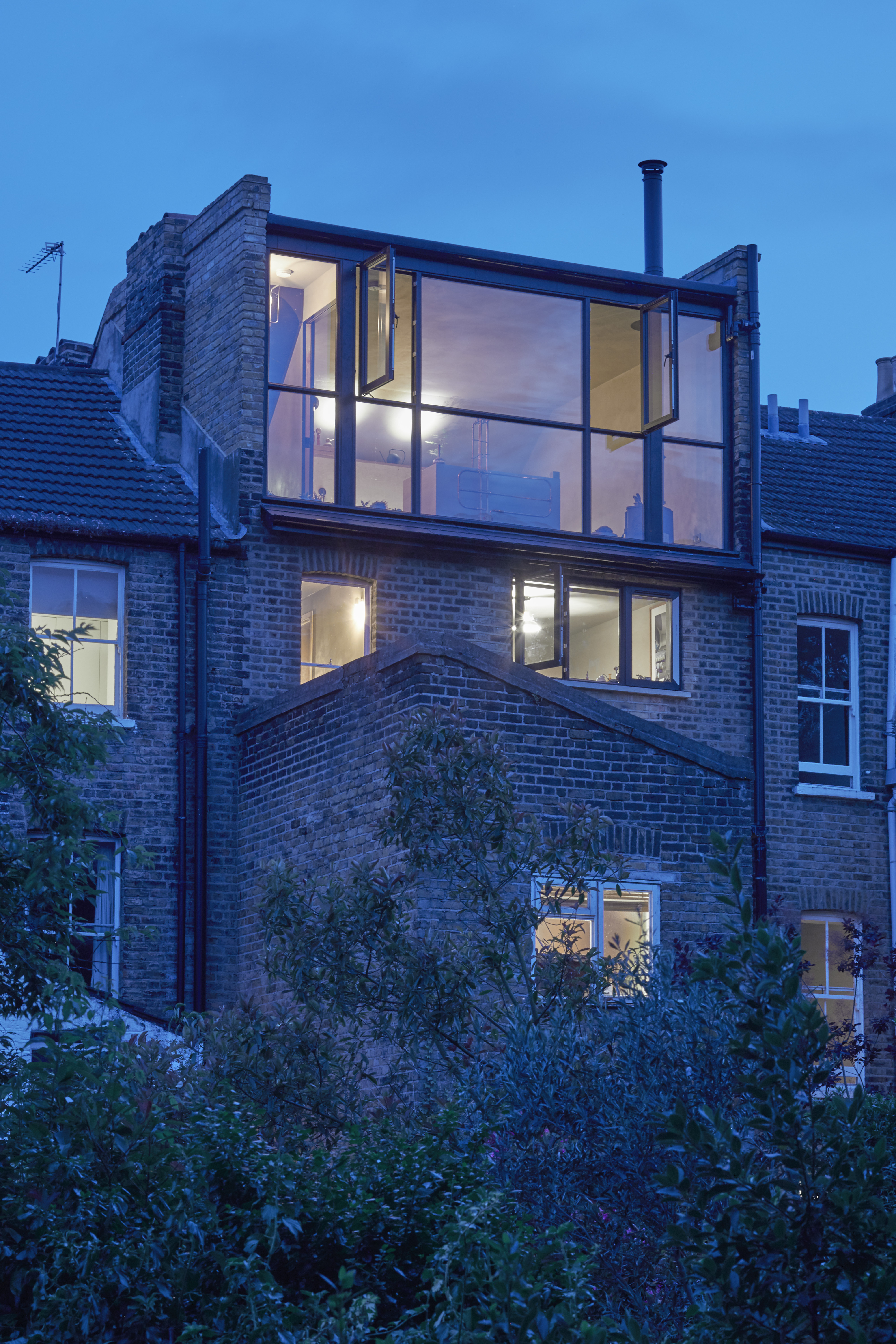
Astridge’s scheme introduced some new twists on the well-worn London loft conversion. The existing second floor has been transformed into a piece of rich inhabitable cabinetry, with two children’s bedroom and a bathroom formed from beautifully crafted timber joinery, with built in shelves, desks and cork pinboards. The clay walls have been carefully imprinted with leaf patterns, picked up from the neighbouring gardens. ‘The leaves were dried and crushed into the clay before rendering,’ Astridge explains. This floor is linked to the new top floor by a meticulously shaped and welded steel staircase, cut with precision to form a striking sculptural space as it rises up to the best view in the house.
The new master bedroom is dominated by its glazed rear wall, which provides a panoramic view of the mature trees and shrubs of Lettsom Gardens, with the glittering towers of the city beyond. It’s a rare view for London, one that combines landscape and urbanity. ‘The project was conceived with the elements in mind and to bring the woodland at the back of the house into the architecture,’ says Astridge. In pride of place is a traditional Japanese tub, with exposed copper piping and taps. In the corner sits a compact wood burning stove, while the lighting fixtures throughout are simple, minimal and sculptural, contrasting with the soft texture of the walls. ‘A bath for water, a log burner for fire and clay for earth was used,’ sums up Astridge. The ‘Workshop’ component of his studio is an essential part of its approach and Astridge emphasizes the importance of craftspeople in his process, the consistency and experience garnered through working with a group of accomplished experts, in everything from ceramics to metalwork, wood and clay. Leaf House continues this fascination with material and process, transforming a space through light, texture and form.
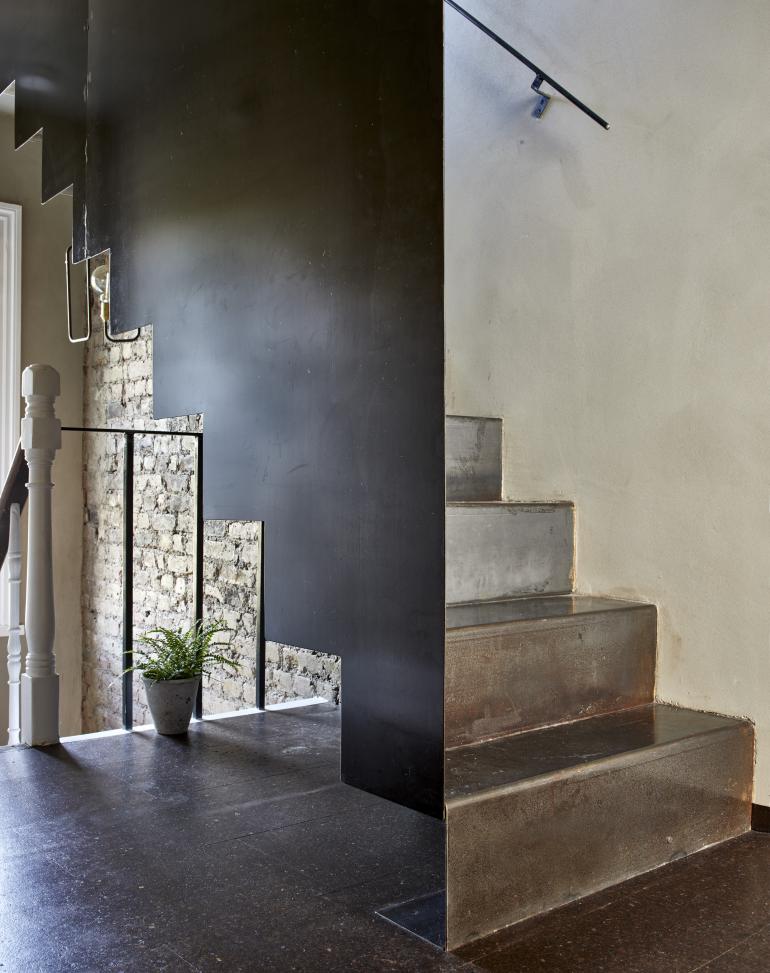
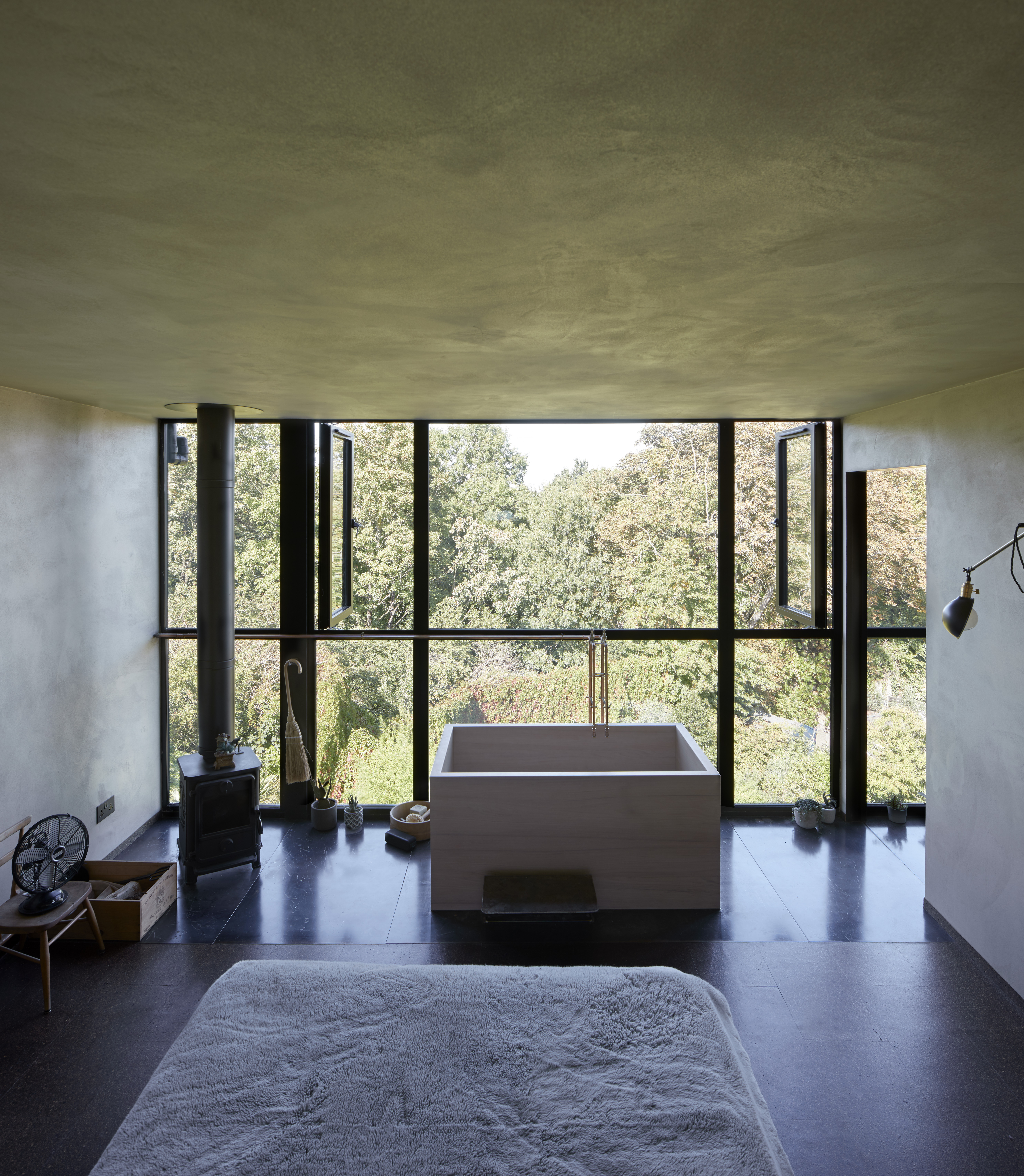
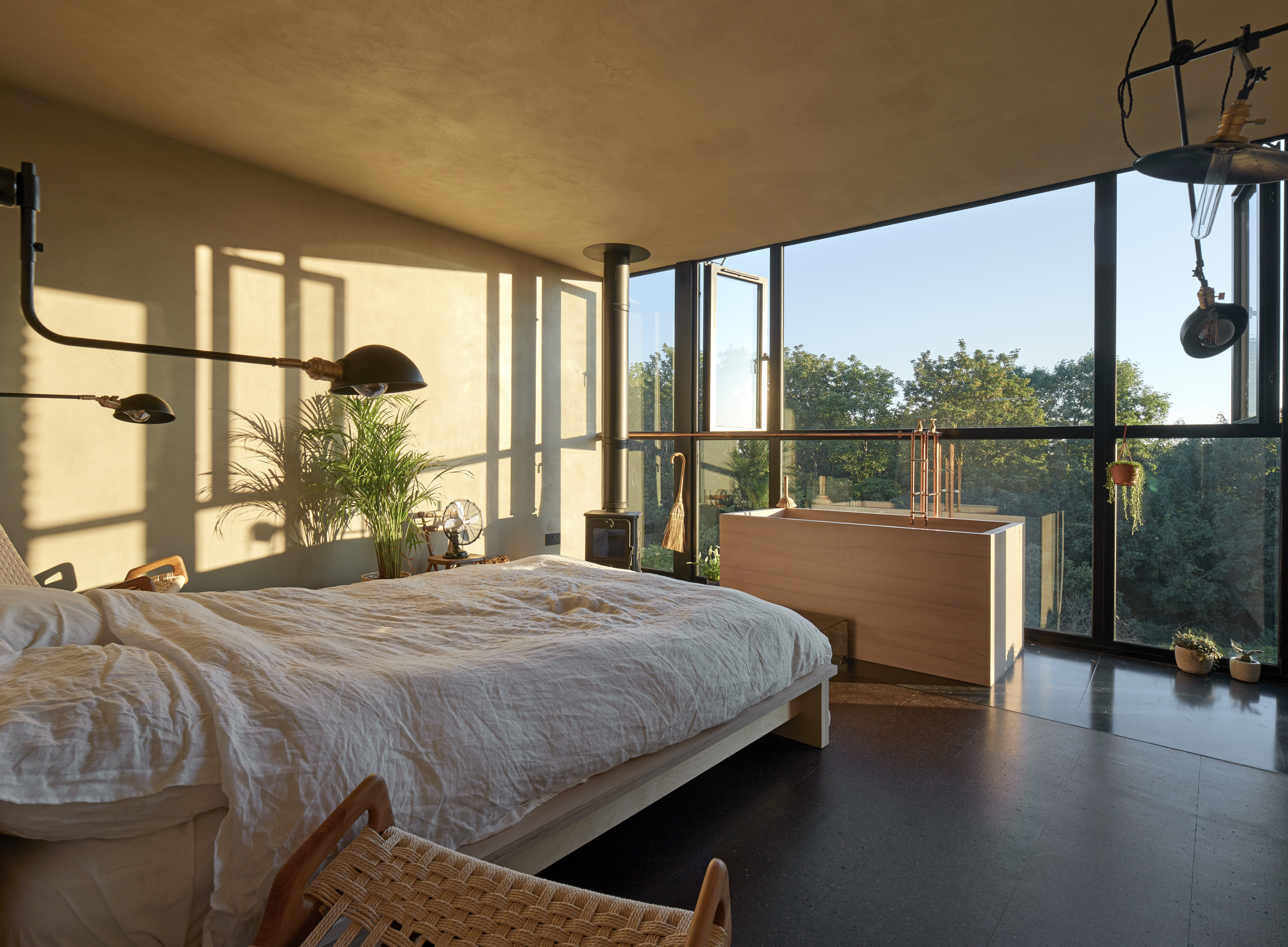
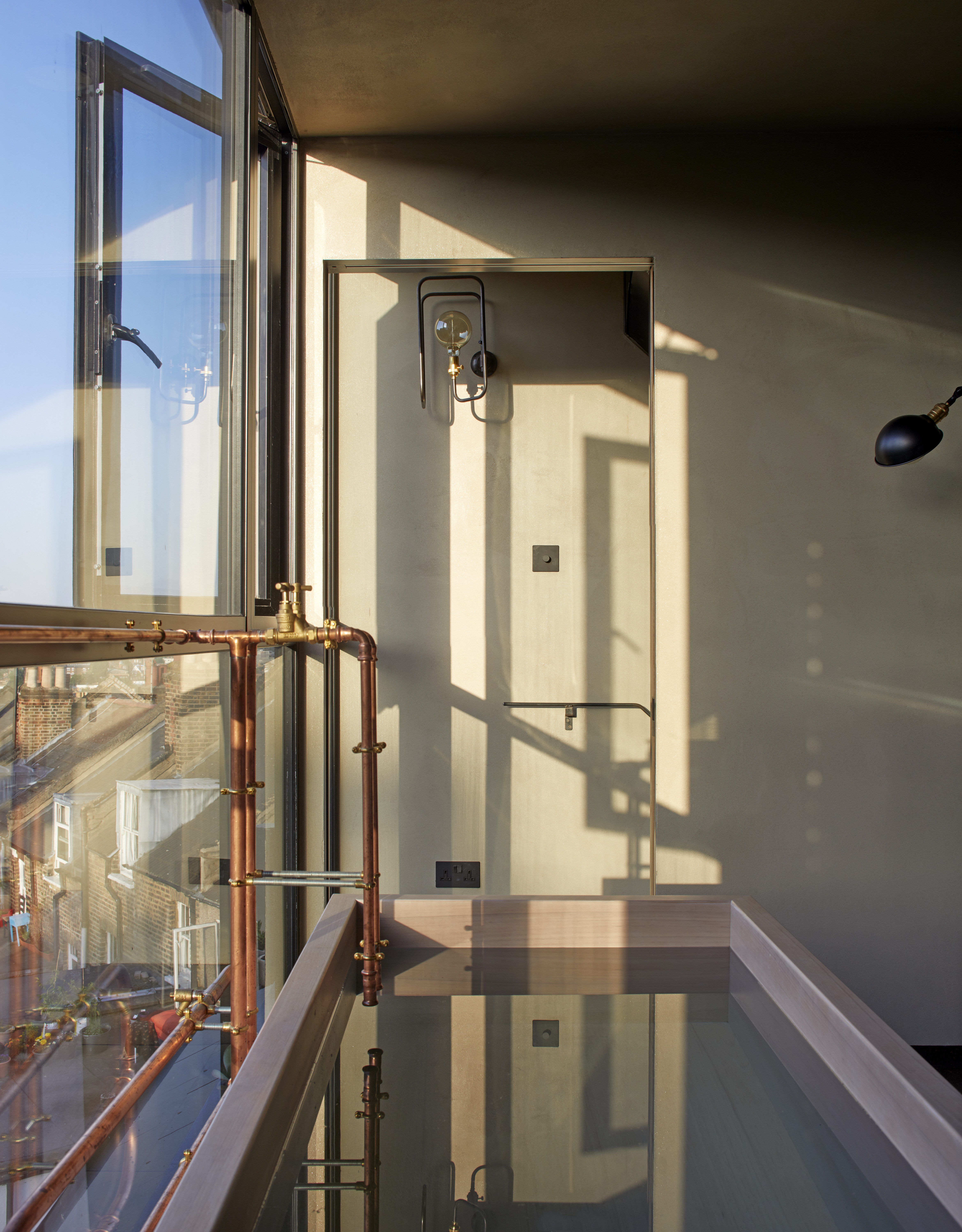
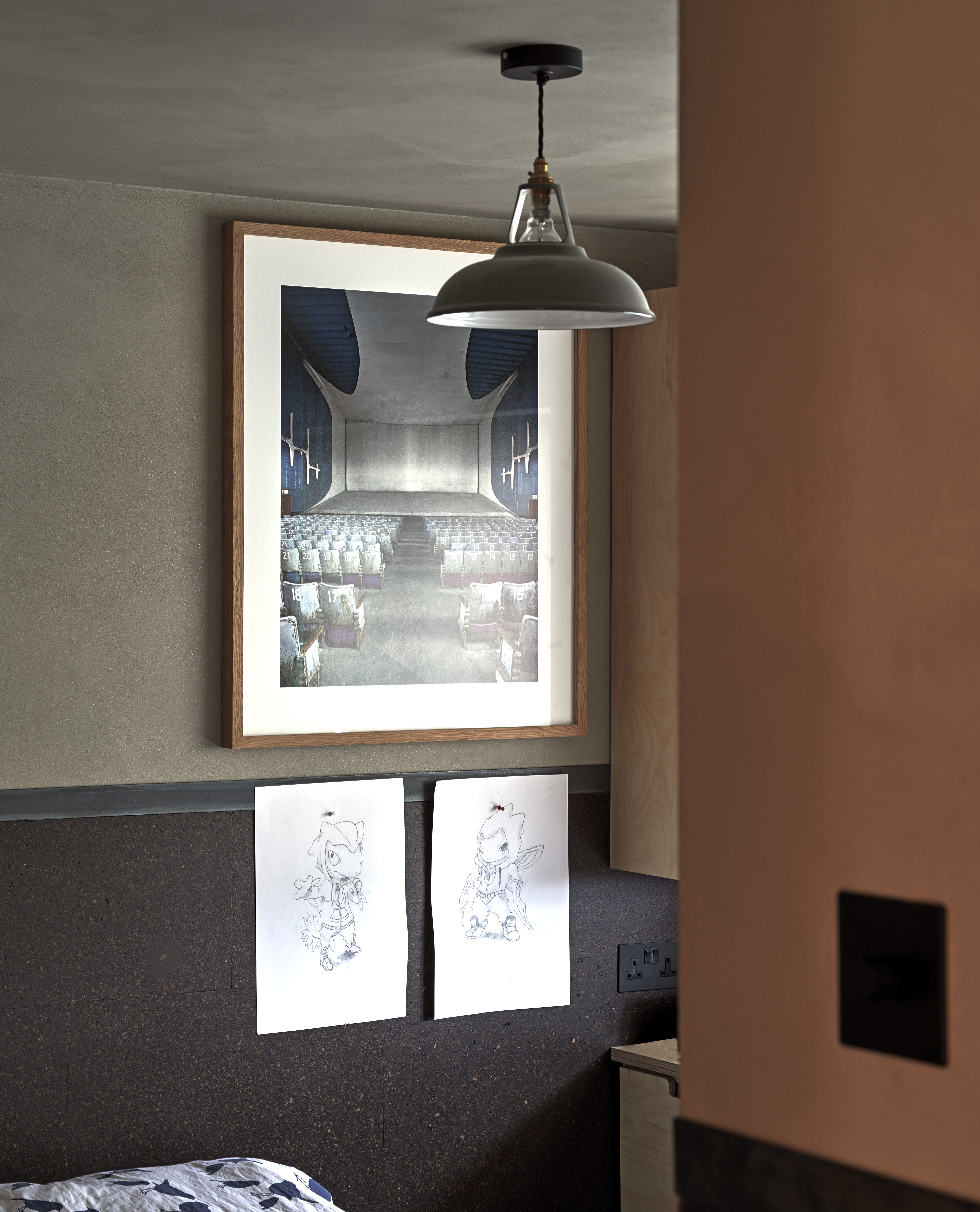
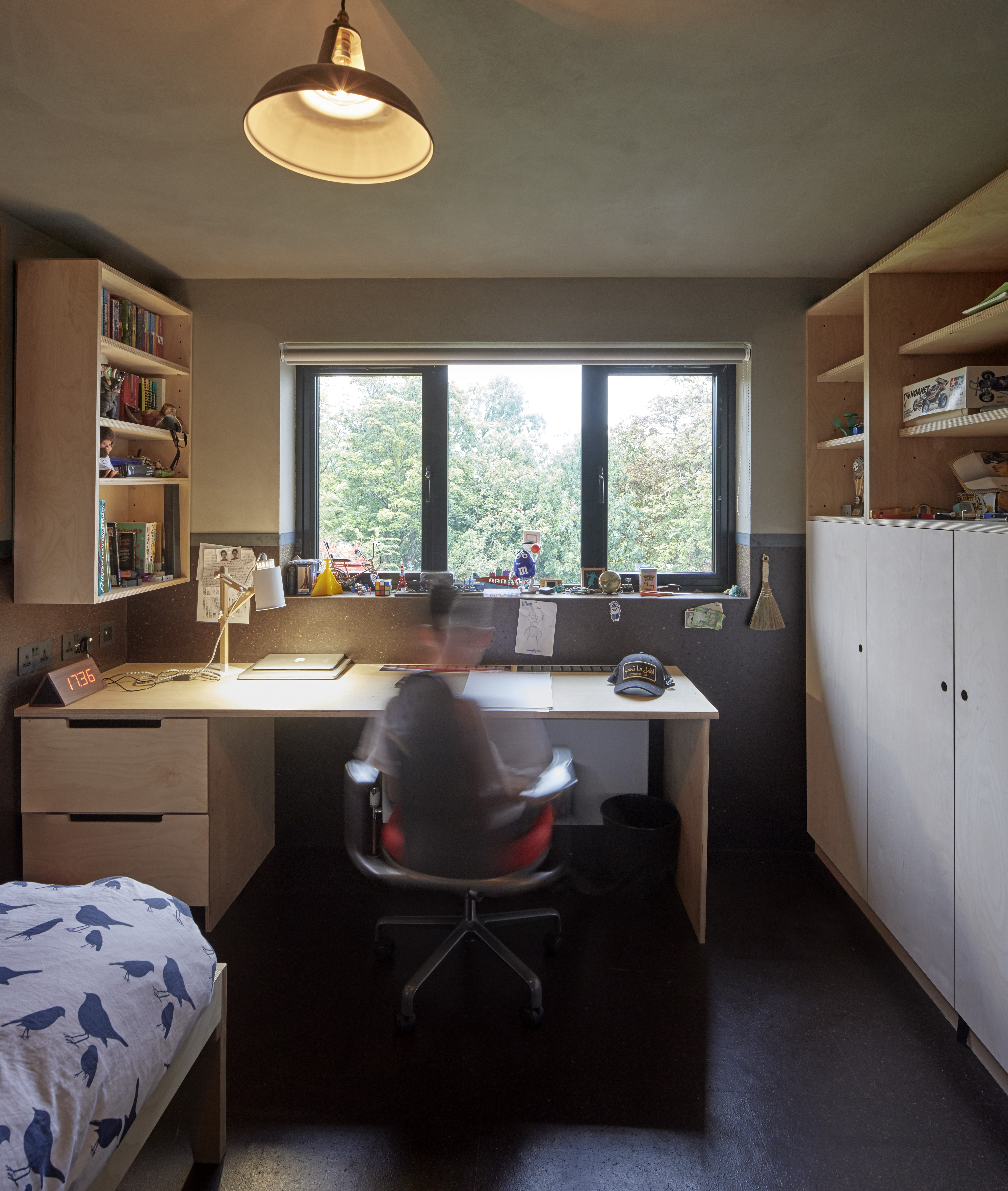
INFORMATION
Receive our daily digest of inspiration, escapism and design stories from around the world direct to your inbox.
Jonathan Bell has written for Wallpaper* magazine since 1999, covering everything from architecture and transport design to books, tech and graphic design. He is now the magazine’s Transport and Technology Editor. Jonathan has written and edited 15 books, including Concept Car Design, 21st Century House, and The New Modern House. He is also the host of Wallpaper’s first podcast.
-
 A day in Ahmedabad – tour the Indian city’s captivating architecture
A day in Ahmedabad – tour the Indian city’s captivating architectureIndia’s Ahmedabad has a thriving architecture scene and a rich legacy; architect, writer and photographer Nipun Prabhakar shares his tips for the perfect tour
-
 You can now stay in one of Geoffrey Bawa’s most iconic urban designs
You can now stay in one of Geoffrey Bawa’s most iconic urban designsOnly true Bawa fans know about this intimate building, and it’s just opened as Colombo’s latest boutique hotel
-
 Pentagram’s identity for eVTOL brand Vertical Aerospace gives its future added lift
Pentagram’s identity for eVTOL brand Vertical Aerospace gives its future added liftAs Vertical Aerospace reveals Valo, a new air taxi for a faster, zero-emission future, the brand has turned to Pentagram to help shape its image for future customers
-
 Arbour House is a north London home that lies low but punches high
Arbour House is a north London home that lies low but punches highArbour House by Andrei Saltykov is a low-lying Crouch End home with a striking roof structure that sets it apart
-
 A former agricultural building is transformed into a minimal rural home by Bindloss Dawes
A former agricultural building is transformed into a minimal rural home by Bindloss DawesZero-carbon design meets adaptive re-use in the Tractor Shed, a stripped-back house in a country village by Somerset architects Bindloss Dawes
-
 RIBA House of the Year 2025 is a ‘rare mixture of sensitivity and boldness’
RIBA House of the Year 2025 is a ‘rare mixture of sensitivity and boldness’Topping the list of seven shortlisted homes, Izat Arundell’s Hebridean self-build – named Caochan na Creige – is announced as the RIBA House of the Year 2025
-
 In addition to brutalist buildings, Alison Smithson designed some of the most creative Christmas cards we've seen
In addition to brutalist buildings, Alison Smithson designed some of the most creative Christmas cards we've seenThe architect’s collection of season’s greetings is on show at the Roca London Gallery, just in time for the holidays
-
 In South Wales, a remote coastal farmhouse flaunts its modern revamp, primed for hosting
In South Wales, a remote coastal farmhouse flaunts its modern revamp, primed for hostingA farmhouse perched on the Gower Peninsula, Delfyd Farm reveals its ground-floor refresh by architecture studio Rural Office, which created a cosy home with breathtaking views
-
 A revived public space in Aberdeen is named Scotland’s building of the year
A revived public space in Aberdeen is named Scotland’s building of the yearAberdeen's Union Terrace Gardens by Stallan-Brand Architecture + Design and LDA Design wins the 2025 Andrew Doolan Best Building in Scotland Award
-
 The Architecture Edit: Wallpaper’s houses of the month
The Architecture Edit: Wallpaper’s houses of the monthFrom wineries-turned-music studios to fire-resistant holiday homes, these are the properties that have most impressed the Wallpaper* editors this month
-
 A refreshed 1950s apartment in East London allows for moments of discovery
A refreshed 1950s apartment in East London allows for moments of discoveryWith this 1950s apartment redesign, London-based architects Studio Naama wanted to create a residence which reflects the fun and individual nature of the clients